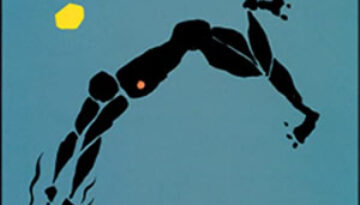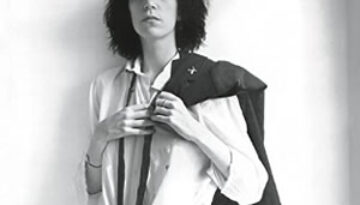Arc of a Diver by Steve Winwood
Buy Arc of a Diver Arc of a Diver is a true “solo” record by Steve Winwood as he played every instrument and recorded and produced the album in his private studio. The […]

Buy Arc of a Diver Arc of a Diver is a true “solo” record by Steve Winwood as he played every instrument and recorded and produced the album in his private studio. The […]

Buy Horses Horses is the 1975 debut album by Patti Smith, an album which has long become considered a breakthrough masterpiece of minimalist originality and poetic improvisation. Smith and her band had no […]